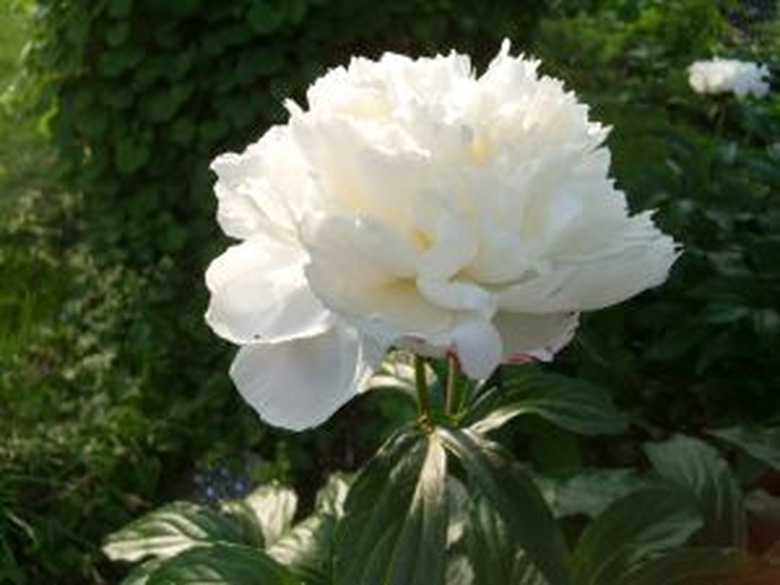Winter Care Of Peonies
Peonies (Paeonia spp.) are a long-lived flowering plant species that includes both herbaceous perennials and woody shrubs. They bloom from spring and into early summer.
Peonies can survive winters in USDA hardiness zones 3 to 8; however, they perform best in zones 5 through 7. Peonies benefit from protection in the winter, especially when young.
Types of Peony Plants
There are two main types of peony plants: herbaceous perennials, which die back to the ground in the winter; and the tree peony (Paeonia suffruticosa; zones 4 to 8), which is a shrub that grows to heights of 4 to 5 feet.
Pruning is part of caring for peonies. However, while herbaceous peonies can be cut down to the soil surface after the first frost of the fall to remove dead stems and leaves and prevent fungal diseases like Botrytis blight and other pathogens from spreading, this is not the case with tree peonies. **If you cut down a tree peony, it will not grow back the next year.**
Tip
Herbaceous peonies can be cut down to the ground each year after the first frost of the fall. However, tree peonies will not grow back if cut down.
Herbaceous Peonies in Winter
Because they are fairly winter hardy, established peonies do not need much care to survive winters or a late spring frost. However, a newly transplanted peony plant benefits from a layer of mulch in the winter after its first growing season to shield the peony roots from freezing temperatures.
Mulch prevents the roots of the new plants from moving around too much and potentially being heaved out of the soil as the ground freezes and thaws during the winter. Pine needles, straw and bark all make good mulch for peonies. If you want to use manure, make sure it is completely decomposed.
Tip
Newly planted garden peonies should be protected during their first winter with mulch in the form of pine needles, straw or bark.
The layer of mulch on top of the crown of a peony plant should be 1 to 2 inches thick, but no deeper. Peonies need a period of exposure to cold temperatures to enter dormancy and bloom again in the spring, which is why they don't always perform well in warmer climates. Therefore, too much mulch in the winter can keep the peony buds too warm and interfere with flowering the following year.
The mulch can be carefully removed when the plant starts to grow again in early spring.
Tree Peony Winter Care
Because they are woody plants, tree peonies do not die back down to the ground in the winter.
Young tree peonies should be protected during winter by surrounding the shrub with chicken wire or hardware cloth and filling the space in between with an airy material such as straw. As an added perk, this winter protection also keeps foraging critters like rabbits away from the tree peony in your garden.
Tip
Surround young tree peonies with straw or another airy material to protect them from winter temperatures.
For increased protection, it's also a good idea to add additional soil to the base of a newly planted peony bush in winter.
References
- North Carolina State Extension: Paeonia Hybrids
- University of Missouri Integrated Pest Management: Plant Peonies in September
- Iowa State University Extension and Outreach: Do Tree Peonies Need Winter Protection?
- Missouri Botanical Garden: Paeonia suffruticosa
- Clemson University Extension: Peonies
- Cornell University Cooperative Extension Nassau County: Peones
- Iowa State University Extension and Outreach: Growing Garden Peonies
